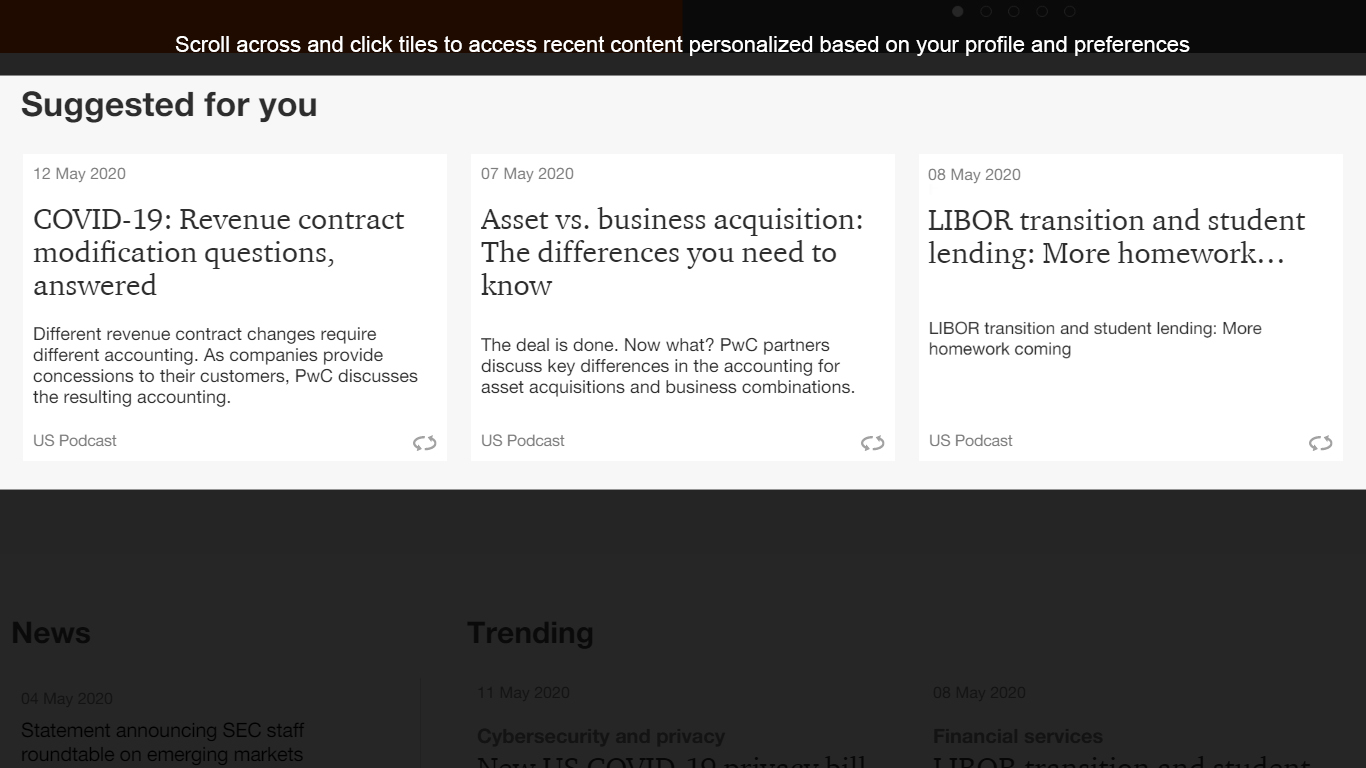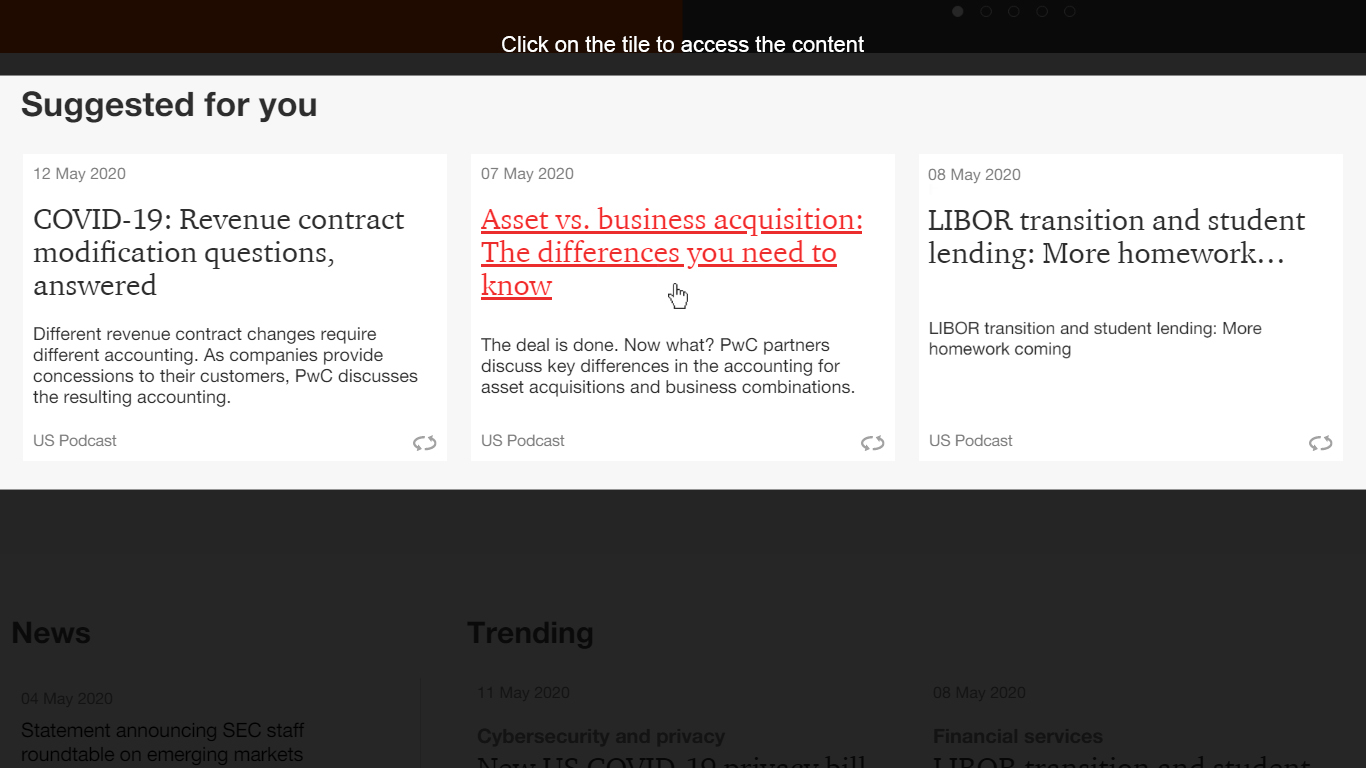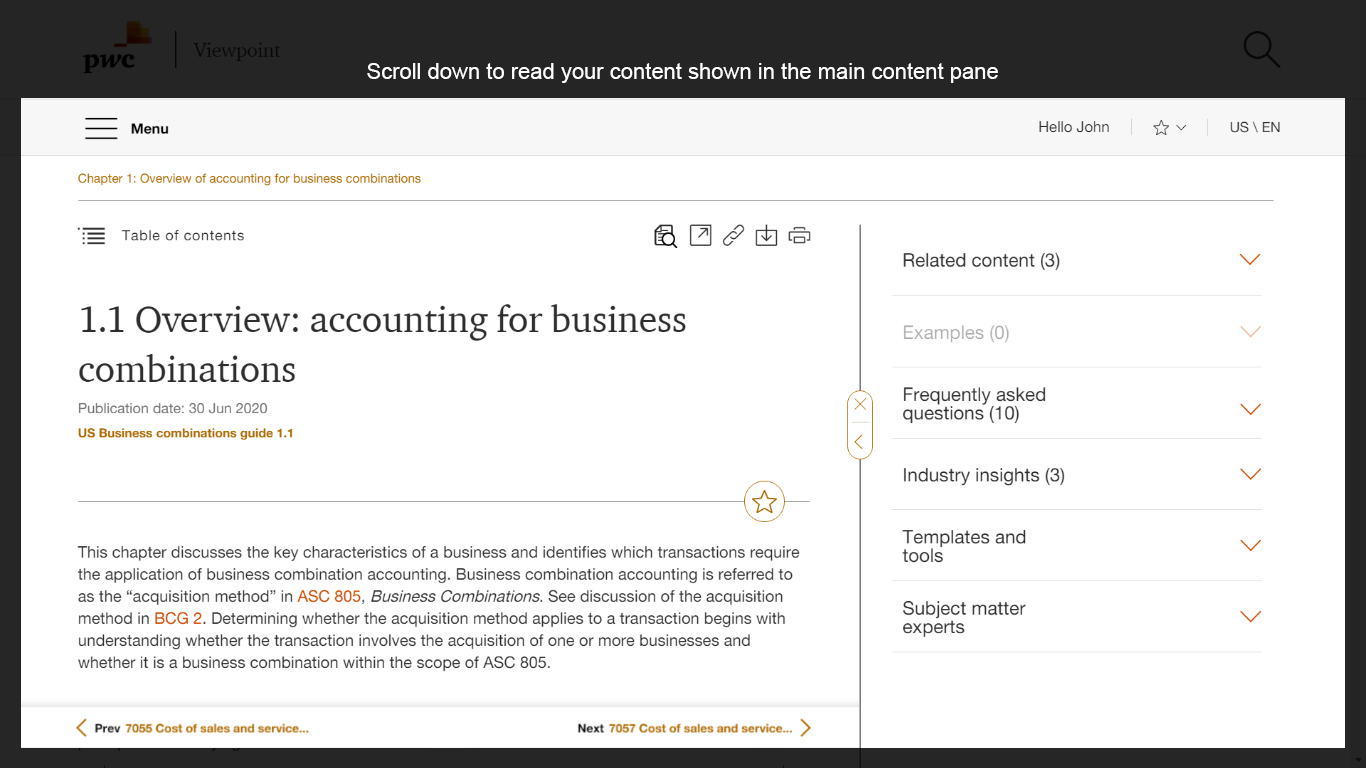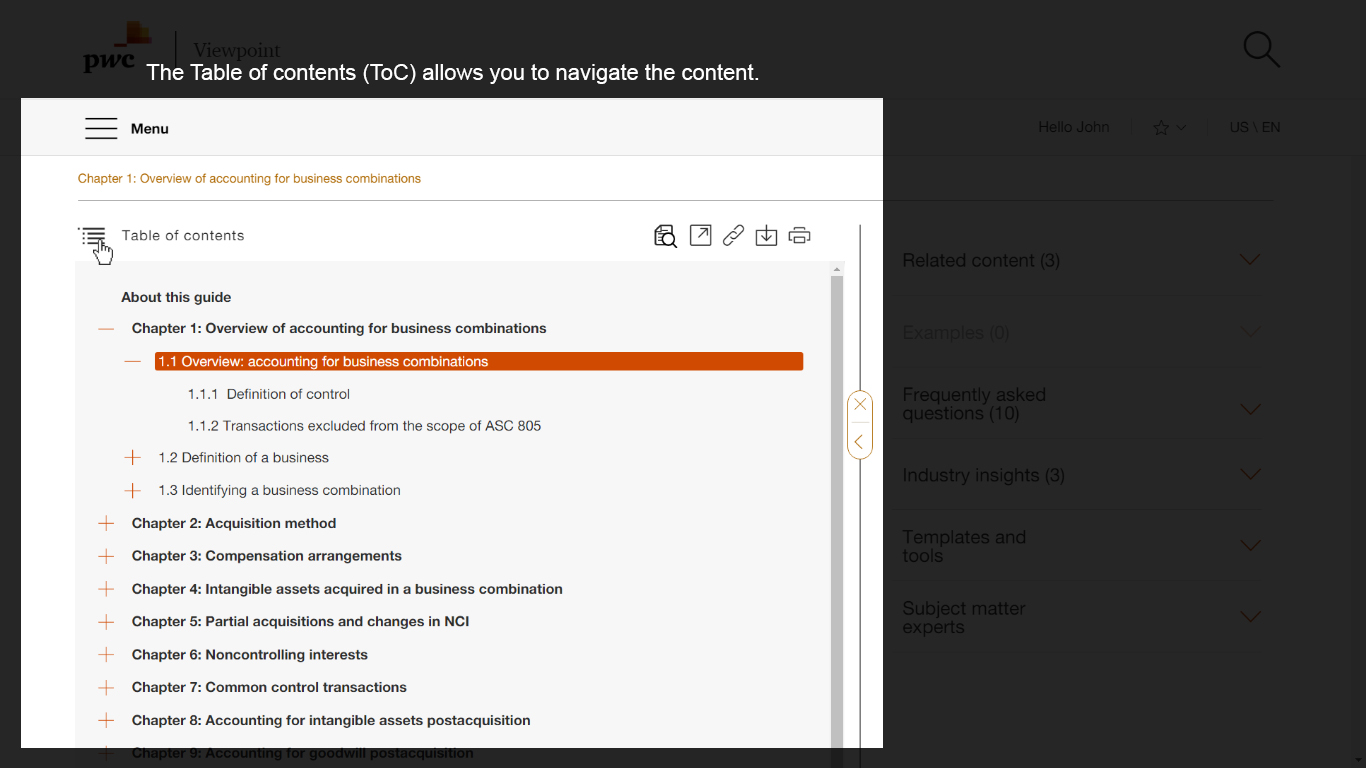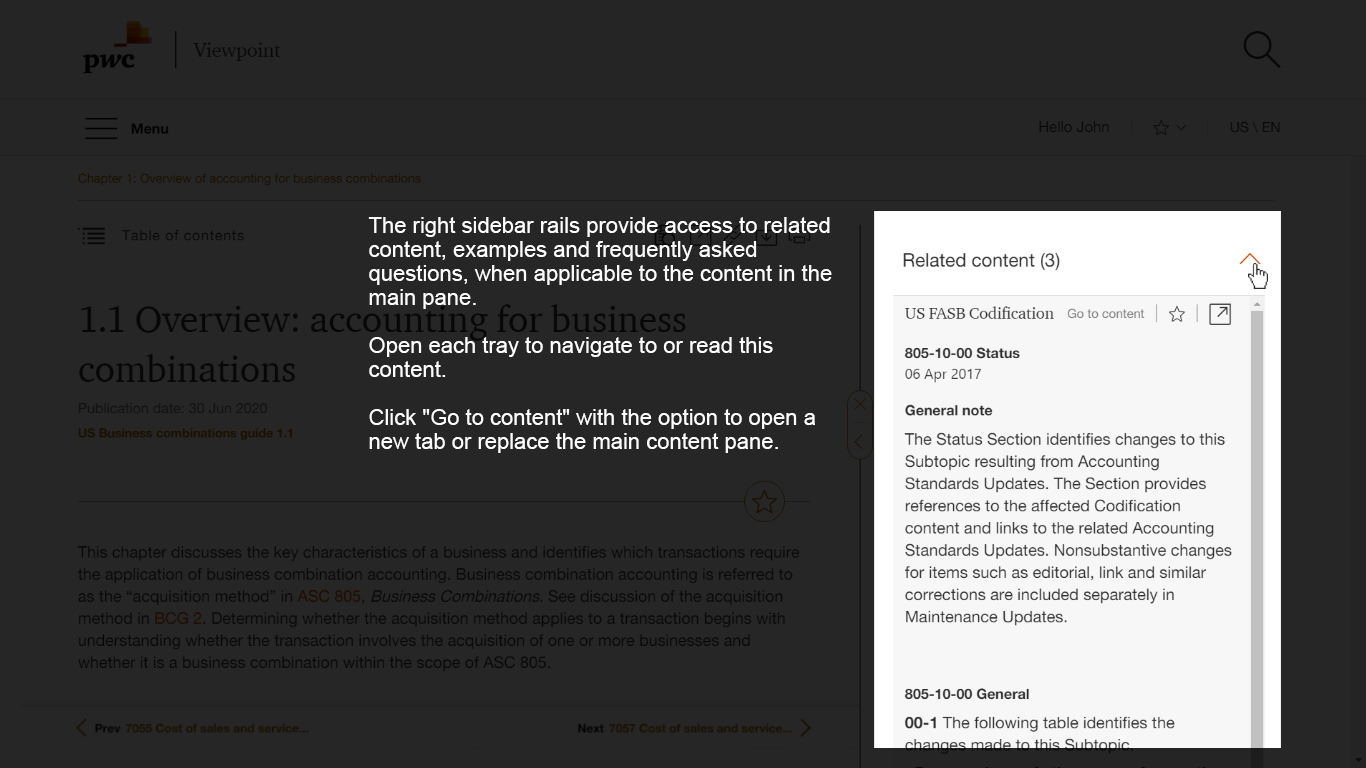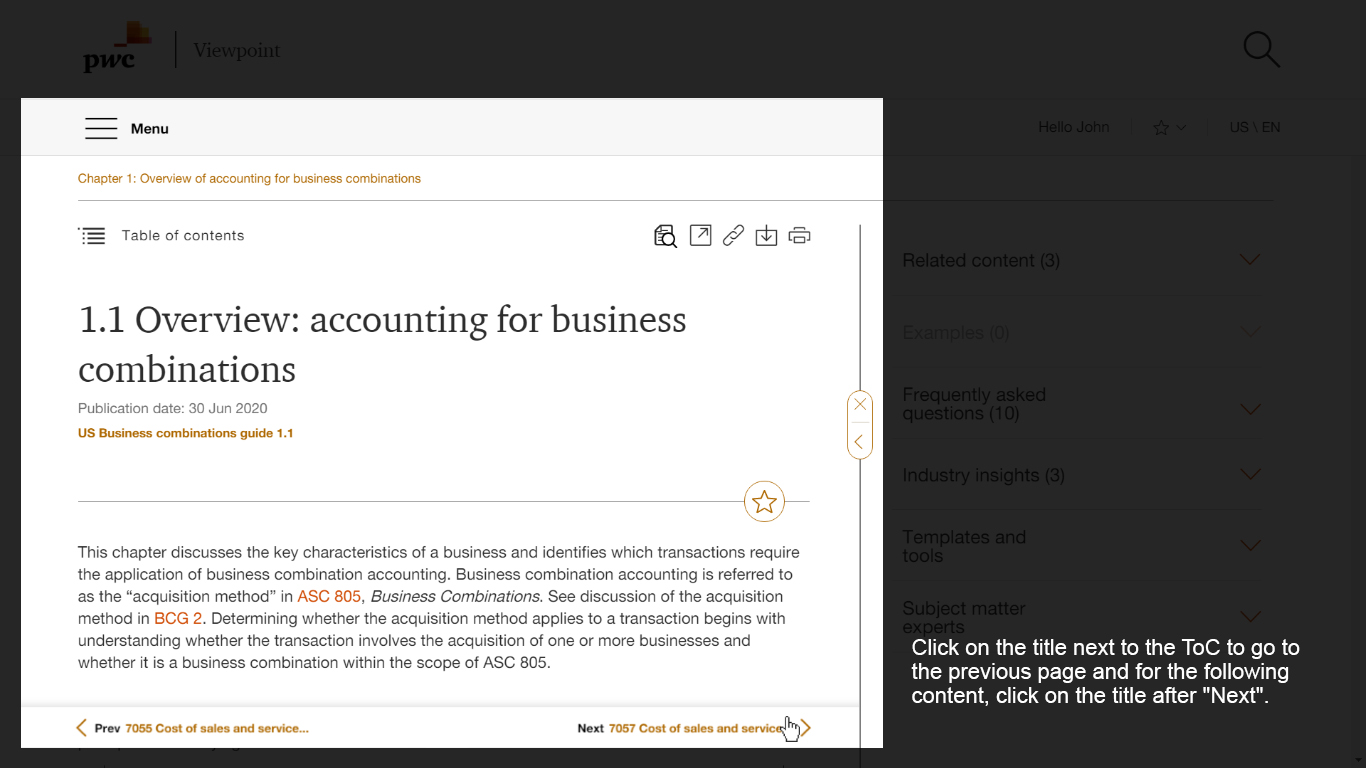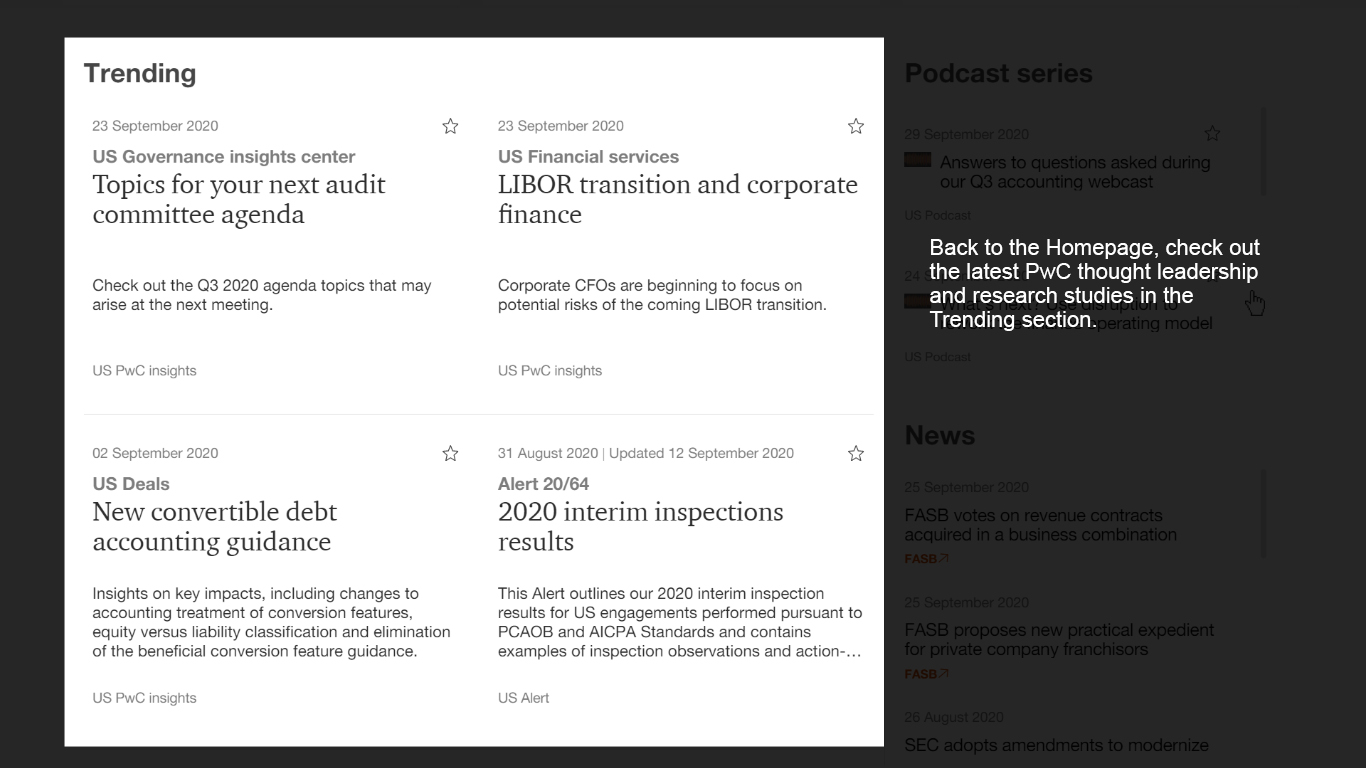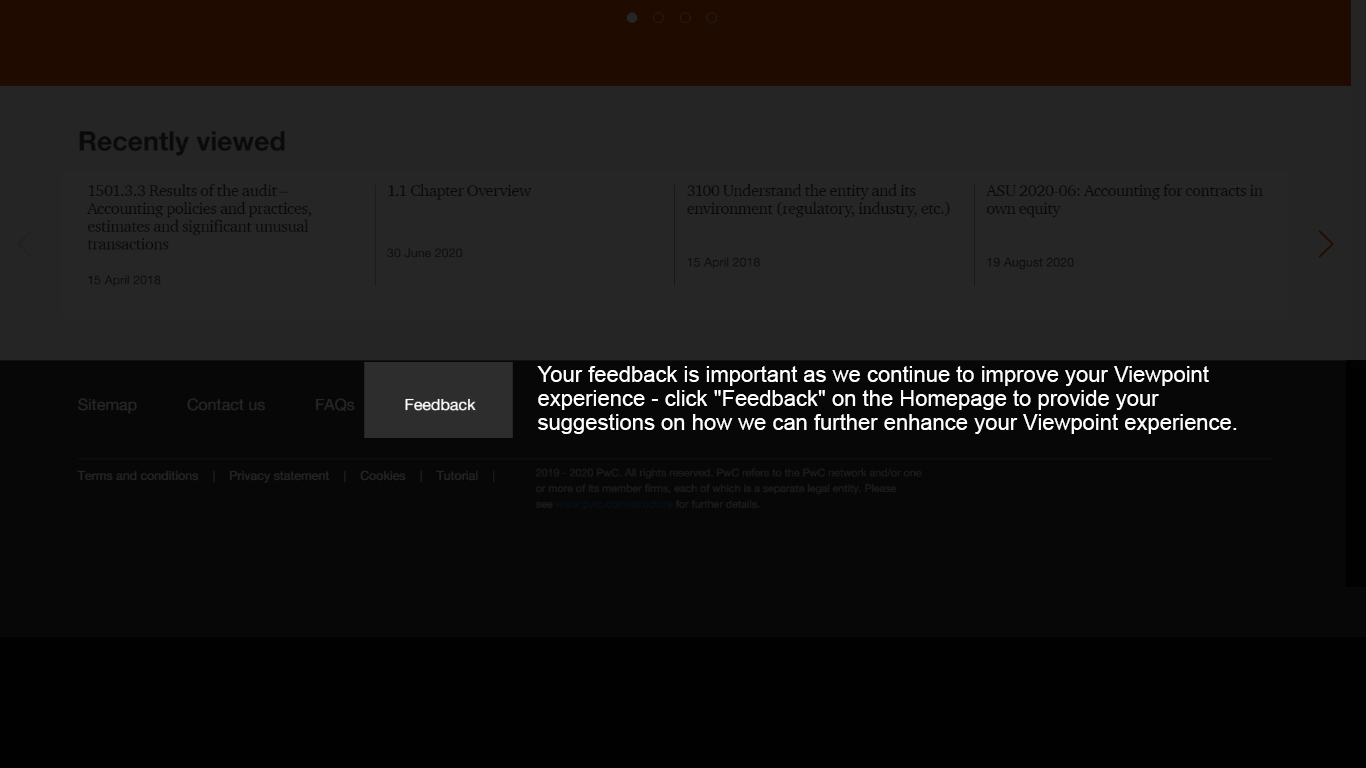PwC is pleased to offer the first edition of our Software costs guide. This guide discusses the framework or scope for accounting for software and software-related costs, as well as the initial and subsequent accounting for those costs.
This guide summarizes the applicable accounting literature, including relevant references to and excerpts from the FASB’s Accounting Standards Codification (the Codification). It also provides our insights and perspectives, interpretative and application guidance, illustrative examples, and discussion on emerging practice issues.
This guide should be used in combination with a thorough analysis of the relevant facts and circumstances, review of the authoritative accounting literature, and appropriate professional and technical advice.
References to US GAAP
Definitions, full paragraphs, and excerpts from the FASB’s Accounting Standards Codification are clearly labelled. In some instances, guidance was cited with minor editorial modification to flow in the context of the PwC Guide. The remaining text is PwC’s original content.
References to other PwC guidance
This guide provides general and specific references to chapters in other PwC guides to assist users in finding other relevant information. References to other guides are indicated by the applicable guide abbreviation followed by the specific section number. The other PwC guides referred to in this guide, including their abbreviations, are:
- Business combinations and noncontrolling interests (BCG)
- Financial statement presentation (FSP)
- Property, plant, equipment and other assets (PPE)
- Revenue from contracts with customers (RR)
Copyrights
This publication has been prepared for general informational purposes, and does not constitute professional advice on facts and circumstances specific to any person or entity. You should not act upon the information contained in this publication without obtaining specific professional advice. No representation or warranty (express or implied) is given as to the accuracy or completeness of the information contained in this publication. The information contained in this publication was not intended or written to be used, and cannot be used, for purposes of avoiding penalties or sanctions imposed by any government or other regulatory body. PricewaterhouseCoopers LLP, its members, employees, and agents shall not be responsible for any loss sustained by any person or entity that relies on the information contained in this publication. Certain aspects of this publication may be superseded as new guidance or interpretations emerge. Financial statement preparers and other users of this publication are therefore cautioned to stay abreast of and carefully evaluate subsequent authoritative and interpretative guidance.
The FASB Accounting Standards Codification® material is copyrighted by the Financial Accounting Foundation, 401 Merritt 7, Norwalk, CT 06856, and is reproduced with permission.



